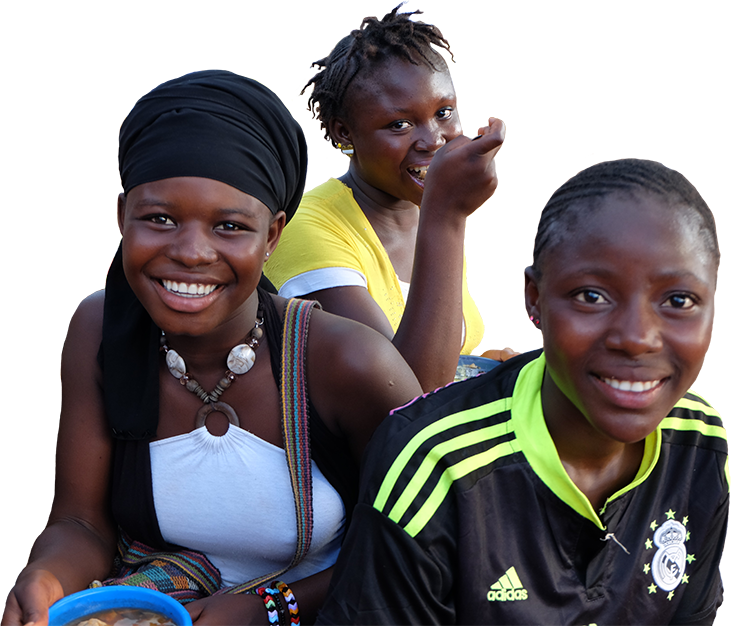Strong systems are important for implementing nutrition services and programs. Adolescents have unique nutritional needs, depending on and affected by their physical, social, and emotional development. Programs and services to support adolescents must be reflected in policies, protocols, strategies, and guidance. Policymakers and program managers need to strengthen the human resource, information, and financial systems to provide or expand nutrition services and programs in locations where adolescents are best reached. The Adolescent Nutrition Resource Bank includes examples of policies and protocols that address adolescent nutrition..If you have relevant systems strengthening resources, please send them to info@advancingnutrition.org.
We found 87 resource(s)
Identifying Nutrition and Health-Relevant Behaviors, Beliefs, and Values of School-Going Adolescent Girls in Rural Bangladesh: Context for Interventions
Journal Article published by Current Developments in Nutrition in
This study, which focused on adolescent schoolgirls in rural Bangladesh, aimed to describe the context for effective intervention planning for a replicable model of integrating nutrition activities into social programs. The study revealed the importance of teachers and mothers as information sources, and the dietary and cultural roles of purchased…
Integrating Adolescent Nutrition within the National Development Strategy: "Nourishing our Present and Future"
Policy published by Global Alliance for Improved Nutrition (GAIN), Nutrition International, UNICEF in
This policy brief outlines the current nutritional status of adolescents in Indonesia, highlights national policy efforts to fill gaps in adolescent nutrition, and provides recommendations for future nutrition interventions. It also contains specific information for targeting out-of-school youth and keeping youth in school.
Adolescents: Agents of Change for a Well-Nourished World: GAIN Convening Paper Series no. 2
Occasional Paper published by Global Alliance for Improved Nutrition (GAIN), WHO in
This report summarizes a consultation that convened researchers, practitioners, policymakers, youth organizations, and adolescents from Pakistan, Bangladesh, Indonesia, and Zambia. The report identifies themes that emerged from the consultation, including priorities for adolescent nutrition, lessons from other sectors, and key considerations for…
Investing in the Future of Bangladesh: Cost Effective Interventions to Improve Adolescent Nutrition
Policy published by Global Alliance for Improved Nutrition (GAIN) in
This policy brief describes the current health challenges facing adolescents in Bangladesh, including increasing overweight/obesity, even as sub-optimal growth, growth faltering, and micronutrient deficiencies persist. The brief includes six recommendations for interventions, including supplementation, school-based nutrition education, and…
Frequently Asked Questions: Weekly Iron and Folic Acid Supplements (WIFAS) for Adolescents
Brief published by Nutrition International in
This document contains answers to 28 common questions about weekly iron and folic acid supplements (WIFAS). The information is organized into the following categories: overview of WIFAS, WIFAS and anemia, the benefits of WIFAS, safety considerations, WIFAS and reproductive health, and WHO-recommended formulation.
Using a Gender Lens to Understand Eating Behaviours of Adolescent Females Living in Low‐Income Households in Bangladesh
Journal Article published by in
This study conducted qualitative research on the individual, social, environmental, and structural factors that influence the eating behaviors of female adolescents in low‐income families in urban and rural settings in Bangladesh. The study's recommendations relate to the age of marriage, adolescent pregnancy, schools meals for adolescents,…
The Innocenti Framework on Food Systems for Children and Adolescents
Framework published by UNICEF in
The report describes the Innocenti Framework on Food Systems for Children and Adolescents' five drivers and four determinants that shape children and adolescents’ diets. It details each component, how they interact, and how a food systems approach can improve diets.
100 Messages
Training Material published by Children for Health in
This publication focuses on 100 simple health education messages for children ages 8 to 14. The messages correspond to ten key health topics, one of which is nutrition. The health messages are designed for parents and health educators to use with children at home and in schools, clubs, and clinics.



